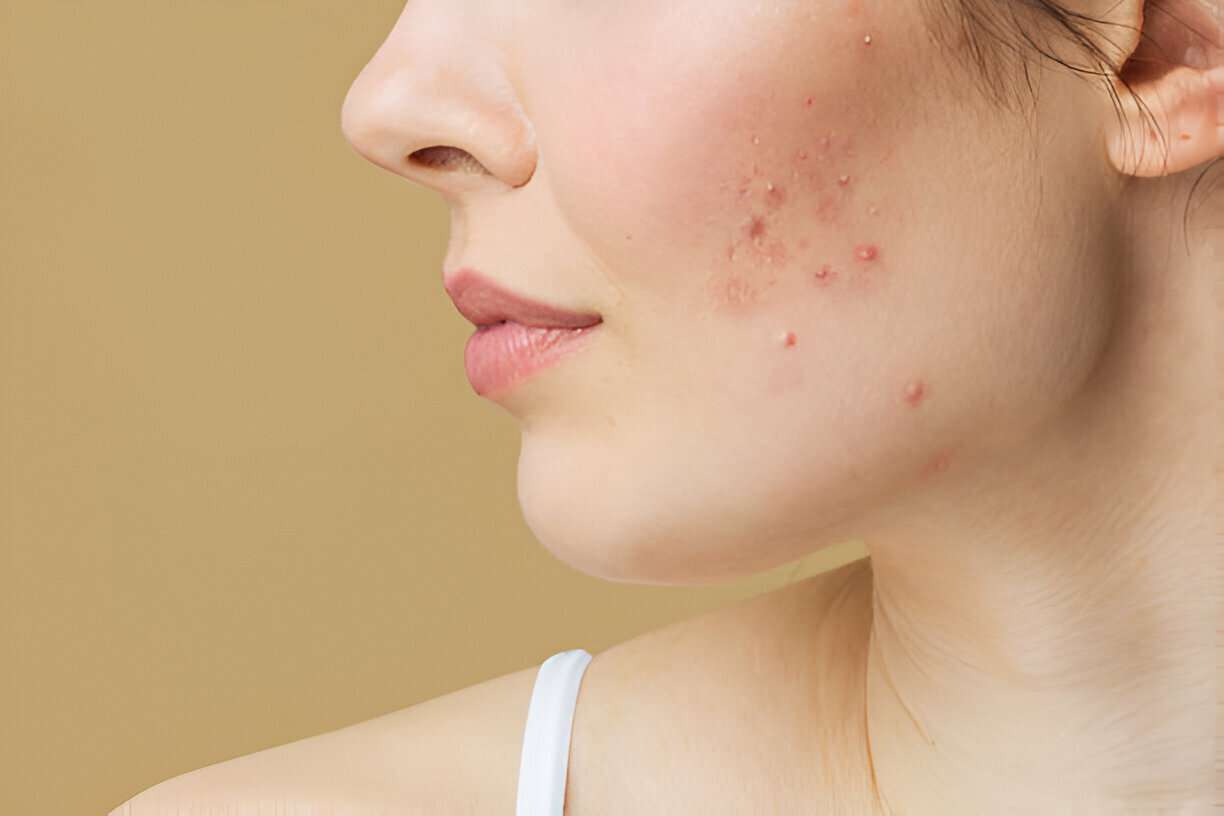Even after acne settles, the marks it leaves behind can linger for weeks or even months. These post-acne spots are common, but the good news is, many of them can be treated effectively. Here’s what you need to know:
Types of Post-Acne Marks
- Post-inflammatory hyperpigmentation (PIH) – Brown spots left behind after acne lesions heal.
- Post-inflammatory erythema (PIE) – Red or pink marks, more common in lighter skin tones.
- Acne scars – Indentations or textural changes that often require advanced treatment.
What Works
- Sunscreen: Daily SPF is a must. Sun exposure can worsen pigmentation from acne marks.
Key ingredients:
- Niacinamide: Soothes inflammation and fades acne-related pigmentation
- Azelaic acid: Works well on both dark and red acne marks
- Vitamin C: Brightens skin and helps even tone
- Retinoids: Promote skin renewal and improve acne texture over time
- In-clinic treatments: Chemical peels, microneedling, and lasers can accelerate results, especially for stubborn acne scars.
What Doesn’t Work
- Scrubbing the skin: Won’t remove acne marks and may cause more irritation
- DIY home remedies like lemon or toothpaste: Often cause more harm than good
- Using too many actives together: Can damage your barrier, delay healing, and worsen acne
When to Seek Help
If your post-acne marks aren’t improving or you’re dealing with scarring, a customised treatment plan from a dermatologist can help restore your skin more safely and effectively.

